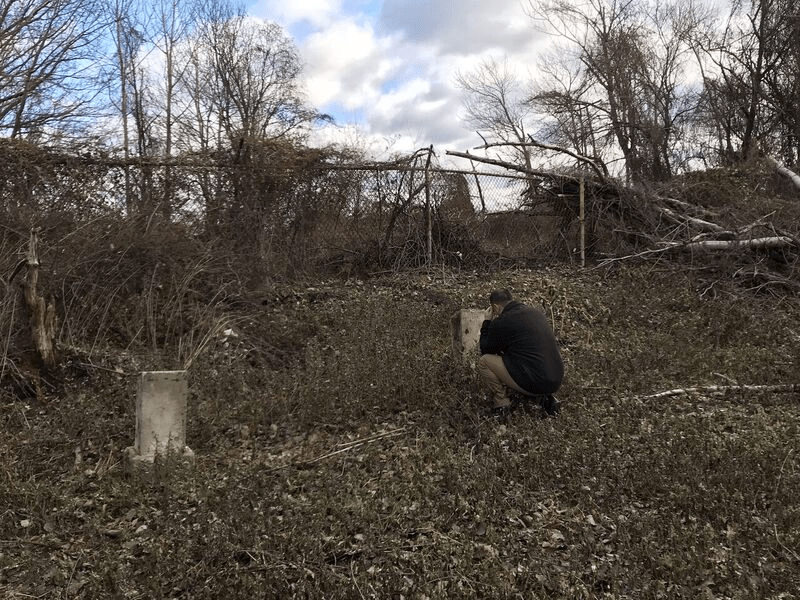The long quest to reform Hart Island was realized Wednesday as Mayor Bill de Blasio signed legislation to transfer the potter’s field out of the jurisdiction of the Department of Corrections and into the hands of the Parks Department.
Within the massive indigent burial ground lay an estimated million people who were often unidentified at the time of their deaths. During the AIDS crisis, especially, it served as mass burial site for gay men and addicts whose bodies went unclaimed.
Often those who die in city detention are buried there by fellow detainees, hence DOC’s authority over the small island in the confluence of the East River and Long Island Sound. The DOC also controls Rikers Island, deemed a “penal colony” by City Council Speaker Corey Johnson en route to being remapped by 2026.
The City Council recently passed legislation that Councilman Ydanis Rodriguez sponsored for the transfer of Hart Island to Parks Department jurisdiction.
A separate bill, also signed into law Wednesday, requires the Department of Transportation to organize a means for the public to visit Hart Island.

The cause for Hart Island reform was a special one for Johnson, according to statements over the years, as an HIV positive LGBTQ elected official.
“Visiting Hart Island was extremely emotional and deeply moving, especially visiting the mass grave sites for early AIDS victims as an HIV positive elected official,” Johnson said after a November 2018 visit to the island. “The people buried on Hart Island deserve a more dignified resting place that what they have been given. I don’t believe the Department of Correction is the appropriate agency to give them the memorial they deserve. The City Council will explore how to make Hart Island a site worthy of the people who have been laid to rest there.”
The 131-acre island has storied past in the city’s history.
During the Civil War, it served as an internment camp; then a psychiatric institution, and a Nike Missile launch site, according to the mayor’s office.
“Now the folks who have been buried on Hart Island over generations – they are New Yorkers, they are part of the fabric of our life. And I think it’s a reminder to us all there are so many people who built this city, who made this city great, whose names we will never know, and that’s a sad reality, but does not take away their personhood, it does not take away their place in history. It doesn’t take away who they were as human beings,” de Blasio said. “It’s important to recognize that an injustice was done to so many and we will not let that be the way the story ends.”
With the new legislation, the Department of Social Services will also be required to hold a public hearing on public burials, and the Human Resources Administration will also establish the Office of Burial Services.



































